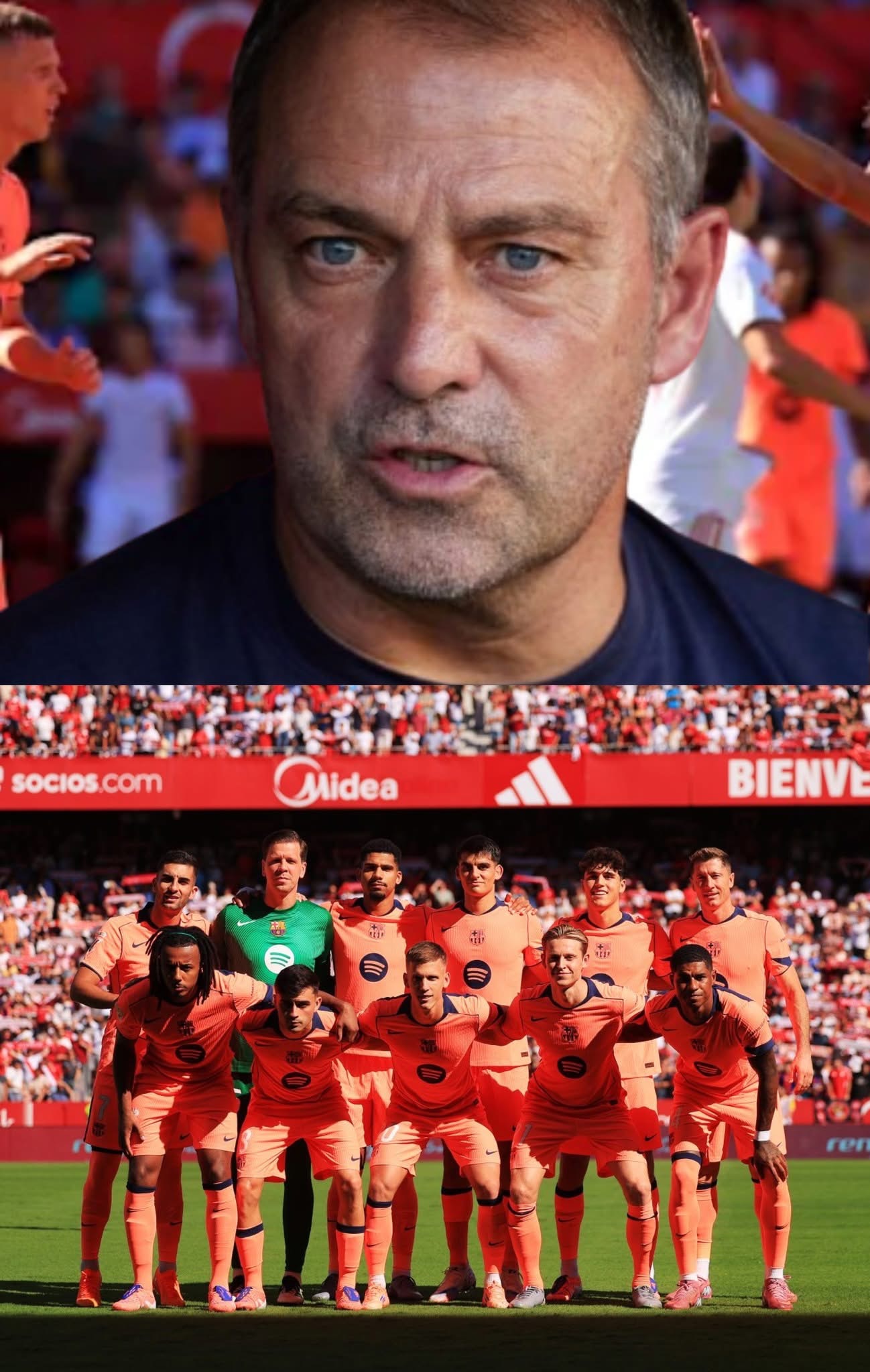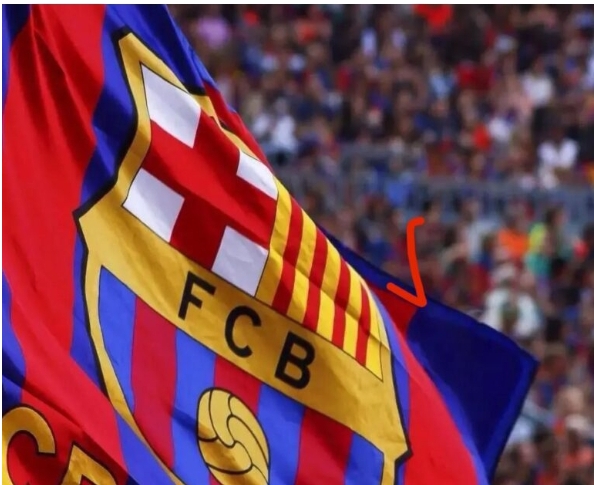Football matches, especially those between giants like Manchester United and Chelsea, rarely unfold as one-dimensional affairs. They are a story of phases, adjustments, momentum shifts, and human frailties. Saturday’s clash at Old Trafford offered precisely that: a tale of two halves.
For United, the first half was close to perfection. The second half, however, was a frustrating step back, a reminder that consistency remains a work in progress under Rúben Amorim. But here lies the crucial point: while the second-half dip is concerning, it should not eclipse the sheer brilliance of the opening 45 minutes.
If the aim of football analysis is to be fair, then one truth must be repeated: for nearly an hour, United looked like the team their fans have been yearning to see for years.
A First Half of Ruthless Authority
From the opening whistle, United played with a clarity of purpose that was refreshing. Amorim’s instructions were evident: press high, suffocate Chelsea’s build-up, and force errors that could be punished.
The midfield trio set the tone. Casemiro anchored the centre with his trademark blend of aggression and intelligence, snapping into tackles but also distributing with precision. Bruno Fernandes, playing slightly advanced, was at his authoritative best, orchestrating moves and threading passes that cut through Chelsea’s defensive lines. Beside them, the energy of Mason Mount (against his former club) gave United an edge in transitions.
Up front, the interplay was electric. Alejandro Garnacho’s fearless directness pinned Chelsea’s full-backs deep, while Marcus Rashford’s diagonal runs stretched the back line. Together, they created spaces that Fernandes exploited. The result was wave after wave of United attacks that overwhelmed Chelsea.
It was no surprise that Bruno Fernandes and Casemiro delivered the goals that gave United a commanding lead. Both strikes came as products of coordinated pressing and intelligent movement, hallmarks of a team playing with cohesion and belief.
For fans, the first half felt like a glimpse of what Amorim has promised since his arrival: a structured yet dynamic team capable of dictating play against elite opposition.
The Second-Half Collapse
Yet, as the saying goes, football is a game of two halves.
After the interval, United’s intensity dropped. Their pressing became half-hearted, their passing more careless. Chelsea, emboldened by United’s retreat, began to dictate tempo. Enzo Maresca’s side pushed higher, recycling possession with patience and probing for weaknesses.
United’s defensive frailties, too often exposed this season, began to show. Full-backs were pinned back, Casemiro tired, and the once-fluid attack became disjointed. Chelsea pulled one goal back, and suddenly the momentum was entirely with the visitors.
By the final whistle, United were hanging on rather than dominating. Fans who had been euphoric at halftime were instead left chewing fingernails, wondering how a team that looked so assured could become so vulnerable so quickly.
This is the comedown — the stark contrast between first-half brilliance and second-half fragility. And it cannot be ignored.
Why the First Half Matters More
However, here is where perspective is essential. The temptation after any game is to let the final impression dominate the analysis. A poor second half, because it comes later, feels fresher, sharper, more significant. But that is misleading.
The truth is, the first-half display remains the more instructive performance. It shows what United can be when Amorim’s ideas are executed with intensity and commitment.
Too often in recent years, United fans have complained that their team lacks identity. Under successive managers, performances have veered between moments of brilliance and long spells of mediocrity. What the first half against Chelsea proved is that there is a plan under Amorim, and when followed, it can dismantle even strong opponents.
The second half is a cautionary tale — a reminder that sustaining high levels for 90 minutes is the next step. But the foundation, the blueprint, was on full display in that blistering first period.
Individual Performances: The Good and the Bad
Certain individuals embody the contrast between halves better than others.
- Bruno Fernandes: In the first half, Fernandes was unplayable, dictating tempo and scoring a superb opener. In the second, his influence waned as United lost control, though his leadership remained visible.
- Casemiro: A rock in midfield during the opening 45, winning duels and netting United’s second goal. But as fatigue set in, his discipline slipped, and Chelsea found gaps.
- Alejandro Garnacho: Fearless early on, running at defenders and forcing Chelsea into mistakes. After the break, his influence diminished, as he struggled to find space once United sat deeper.
- Defence as a whole: Compact and organized in the first half, shaky and reactive in the second. This inconsistency is perhaps the greatest challenge facing Amorim moving forward.
Amorim’s Role in the Contrast
Much of the discussion will naturally turn to Amorim himself. Did his tactics invite Chelsea back into the game? Did his substitutions come too late?
Some critics argue that United became too cautious too soon, retreating when they should have pressed their advantage. Others suggest Amorim’s changes — particularly in midfield — failed to shore up the side at a crucial moment.
But even his detractors must admit: the first-half display was proof of Amorim’s methods. This was not a team stumbling into chances. It was a side executing a clear plan with precision. The issue was sustainability, not structure.
Lessons for the Future
The takeaway from this match is not that United are doomed to inconsistency. Rather, it is that the building blocks are firmly in place.
The challenge now is to stretch those 45 minutes of brilliance into 90. To maintain pressing intensity, to rotate wisely, and to keep mental sharpness even when leading. It is not enough to produce a masterclass in one half and falter in the other. Great teams impose themselves from start to finish.
But the fact that United can dominate Chelsea for extended periods is encouraging. For all the frustration of the second half, the promise of the first is far more important for United’s long-term development.
Conclusion: A Tale of Two Halves, But One Clear Direction
Manchester United’s victory over Chelsea will be remembered for both the brilliance of the first half and the frailties of the second. But in the bigger picture, it should be viewed as a step forward.
Yes, the second-half comedown was disappointing, and Amorim must address why intensity levels fell so sharply. But the first half — near perfection in pressing, passing, and finishing — was proof that this team has the tools to succeed.
For fans desperate for signs of progress, that matters more than the stumble that followed.
In the end, this was not just a match about dropped levels. It was a reminder that under Amorim, Manchester United are slowly but surely discovering an identity. The comedown stings, but the masterclass should not be forgotten.




